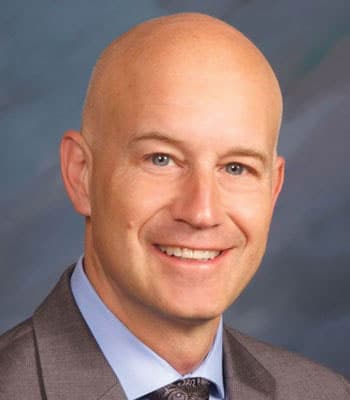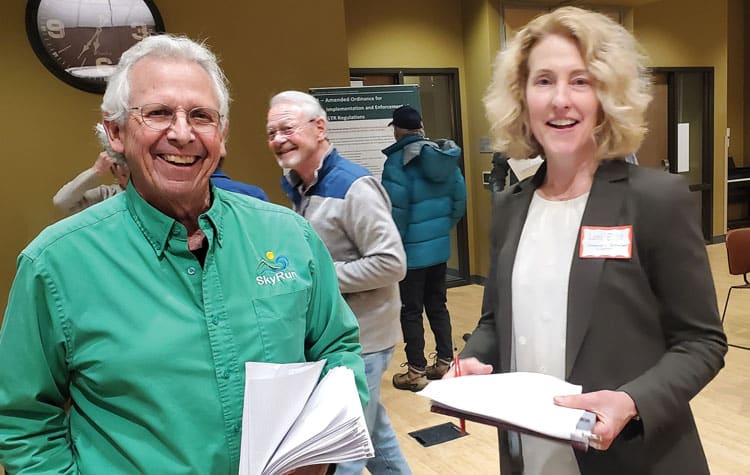CEO Roundtable: Boulder Valley health-care execs adjust to new normal amid pandemic
Nearly six months after the COVID-19 pandemic forced a statewide shutdown of most commerce in Colorado, company leaders in the Boulder area’s health-care scene have adapted to a new normal as fall and winter approaches. Managing COVID patients today … Jennifer Alderfer, the CEO of Good Samaritan Medical Center in Lafayette, noted that the region’s hospitals have been operating in an emergency command structure system for more than 200 days. “One highlight I would share is just the incredible adaptability of the caregivers on the Good Sam team and the support we’ve had from the community and patients as we’ve worked through all of those process modifications,” she said. Longmont United Hospital CEO Christina Johnson said providers are also far closer now with public health officials than they were in the past because knowing if an outbreak is coming is critical for hospitals trying to share resources where they are most needed. “I think we’ve become much more data-driven with respect to community and understanding outbreaks early on,” she said. Judy Ladd, executive director of the Boulder County Medical Society, echoed that partnership with Boulder-area public health officials. “Around Sept. 11, they had identified with our people, with college students coming back on campus, that there was an increase in the number of cases occurring from dorms, fraternities and sororities,” she said. However, that focus on immediate build-up of intensive-care space and the loss of more profitable elective procedures has cut millions in revenue for medical providers in recent months. “The outcome of (refitting hospitals for COVID surges) was that across all the organizations that I represent, financial challenges were associated,” said Ben Dzialo, executive director of the Boulder Valley Care Network. … and helping staffers stay available Lonnie Cramer, president of UCHealth Longs Peak Hospital and Broomfield Hospital said the large proportion of women in the health-care field is a challenge, because many are balancing their medical work while raising children in a time where childcare is in critically short supply. “We’re hearing that any kind of symptoms or sniffles seems to be a call-off, because daycares that are taking children are asking for parents to pick them up immediately,” he said. Transitioning to telemedicine Before COVID, the number of doctor visits that were done via video chat was about 6% or 7%, said Michael Gall, a senior director of large group sales at Kaiser Permanente. But after social distancing and stay-at-home became the norm, telehealth’s utilization rate for insurers and care providers skyrocketed to just under nine in 10 visits in the past couple of months. “So you know, nothing like a global pandemic to really test and prove virtual care modality,” he said. While doctors were advised to delay all but the most critical non-COVID care for patients in early days, health-care providers that provide exclusively elective procedures are starting to see a return to business. Demand for foot care dropped to nearly zero in March, said BoulderCentre for Orthopedics CEO Cathy Higgins, and […]
Source: BizWest





